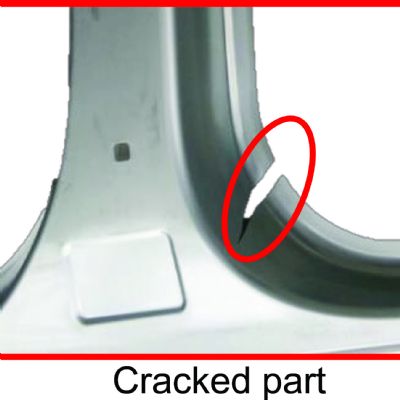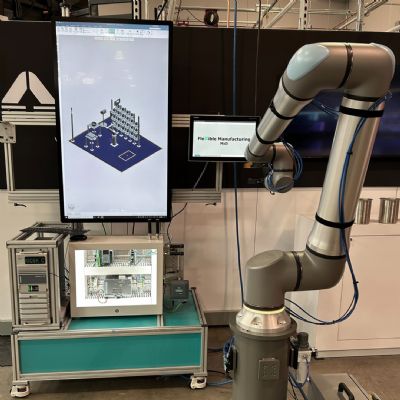Connectivity Solves a Slew of Challenges
July 13, 2021Comments
According to cellular technology supplier Ericsson, by 2030 some 5 billion wireless modules will inhabit smart-manufacturing floors, with a total value north of $1 trillion. While many call this the coming “new era” of manufacturing, it’s no longer just coming…it’s here. And most manufacturing executives (86 percent), according to a 2019 survey from Deloitte, believe that smart-manufacturing initiatives will drive competitiveness over the next five years.
Manufacturers large and small, including many metal formers and fabricators, already have begun to leverage smart-manufacturing technology—Industry 4.0 initiatives such as Internet of Things (IoT) connectivity, remote machine-condition monitoring and collaborative robots. The flow of data is unlocking previously hidden intelligence, allowing managers to drive to new heights of productivity and quality. It’s happening all around us, resulting in significant benefits. Ericsson calls Industry 4.0 initiatives the “new building blocks of productivity.”
With this digital issue of MetalForming, we turn our attention to the ways in which small- to medium-sized metal formers and fabricators can look for opportunities to leverage IoT and other Industry 4.0 technology. All of this leads up to our 4th annual IoT Experience for Manufacturers conference, scheduled for late October in Schaumburg, IL, where experts will come together to learn how metal formers can implement Industry 4.0 technologies. Senior editor Lou Kren, in his article covering the conference in this issue, notes that, “the recent semiconductor shortage plaguing automotive and other industries provides a most timely example of the need for digital transformation and the power of IoT. Avoiding a manufacturing supply-chain disruption before it starts offers the ideal remedy. IoT is a key ingredient of that remedy.”
On the metal forming factory floor, machines are getting progressively more complex. “Higher integration and maintenance costs frequently are the result,” stresses Helge Hornis, technology director for Pepperl+Fuchs, Inc., who will present at the conference on the role of sensors in smart-shop operations. “IoT offers a surprisingly simple way to reduce that complexity by separating real-time control functions from configuration and diagnostics tasks.”
While IoT and other technologies continue to evolve, there’s another critical ingredient in the recipe to ensuring Industry 4,0 success: strategic implementation. “We’ve seen money unwisely spent on high-tech equipment that didn’t deliver on a promise to improve the bottom line,” says conference speaker Mo Abuali, CEO and managing partner of IoTco and co-presenter with Isaac Bennett, director of information systems and digital transformation for fishing-equipment manufacturer Wright & McGill. Bennett will speak to attendees on his firm’s strategic implementation of Industry 4.0 technology during its ongoing digital transition. Abuali adds, “The technology must fit into a manufacturer’s specific production lines and processes.”









